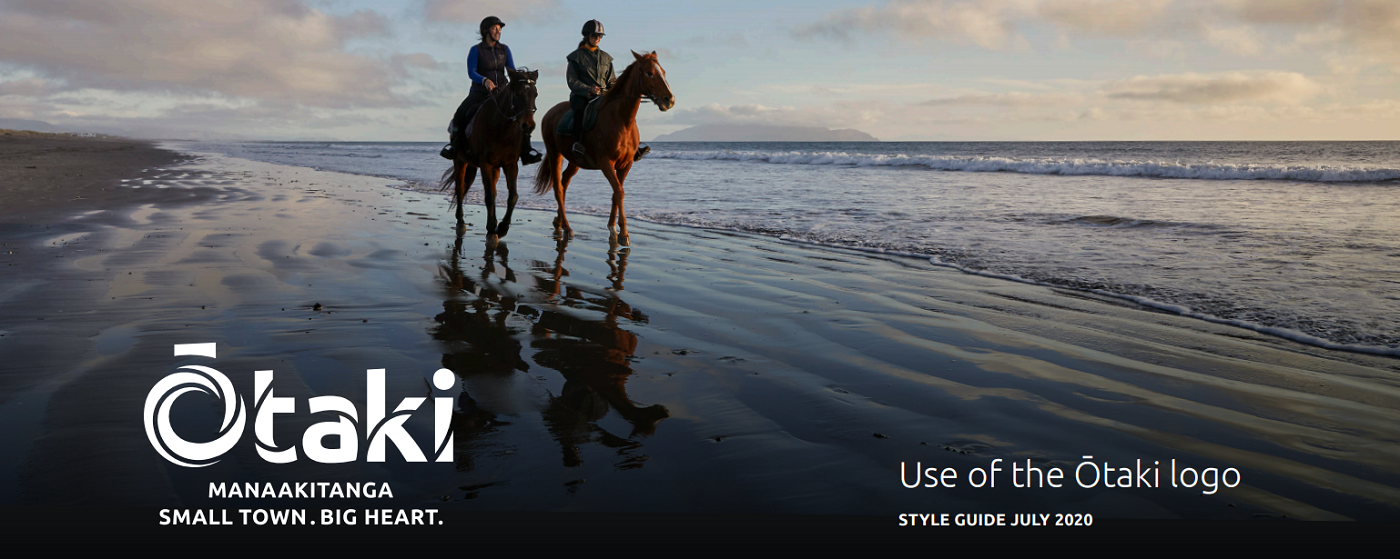
POTTED: At the kilns site are architectural conservator Ian Bowman, potter Duncan Shearer, and Susi White and Tony Hartevelt of the Mirek Smíšek Arts Trust.
Photos Michael Moore
Two heritage-listed brick “beehive” kilns and a four-metre-tall chimney at Te Horo are being dismantled, restored and relocated 30 metres to make room for the expressway, and form part of a new arts centre.
The kilns were hand-built by Czechoslovakian-born potter Mirek Smíšek in 1970 with help from his 2-year-old daughter.
Mirek arrived in New Zealand in 1951, looking for a creative life after spending much of the Second World War in Nazi prisons and labour camps. In 1968 he moved to the Kāpiti Coast and built three studios over 40 years, including at Te Horo, where he constructed the large unique kilns with self-supporting interlocking arched roofs.
The brick structures are extremely fragile, making the relocation a delicate operation.
Architect and conservator Ian Bowman, who is advising the newly formed Mirek Smíšek Arts Trust, says the kilns have physical, historical and cultural heritage values.
“The kilns have architectural values in their design and use,” he says. “They have rarity value in being the only kilns surviving made and used by Mirek.”

Mirek, who died in 2013, considered the kilns a significant cultural asset in the history of New Zealand pottery.
His widow, Pamella Annsouth, a noted potter living at Manakau north of Ōtaki, is pleased to see the kilns preserved for future generations to learn of her late husband’s legacy.
She asked that they be covered and protected when the expressway construction began four years ago.
“We spent many wonderful years at Te Horo and I am pleased that the site will be looked after and people will again be able to visit and see his story in years to come,” she says. “I have great faith in Duncan [Shearer], he’s a skilled potter from the Coromandel, who will oversee the restoration of the kilns.”
The site also includes an early pioneer’s cottage and Te Horo’s 120-year-old train station that was moved to the site in 1975. Both will be fully restored as part of the planned centre.
The arts trust, led by Tony Hartevelt, plans to create an integrated arts centre, showcasing Mirek’s legacy and providing a place for students and the public.
“We’ve visited the famous Leach Pottery in Cornwall and also seen what has been achieved with Foxton’s Te Awahou Nieuwe Stroom cultural and community hub,” Tony says.
Waka Kotaki NZTA and Fletcher Construction will undertake the relocation work commencing August, and build Winiata Link Road off the new School Road overpass that will connect to Te Horo Beach Road.
LATEST POSTS
- Trout spawn in Winstone Lakes
- Rāhui Rd next in line for road works
- ‘Monkey’ back to old tricks
- Ōtaki dominates awards night
- Sam risks all for Gaza
- Heniti ‘proud to call Ōtaki home’
- Infrastructure works keep rolling on
- An ONZM for arts, sport, heritage
- Trappers aim for predator free Te Horo
- Te Horo hall wants land for car park
- Beach burglars pinch trailer and tools
- Toilet vandalism ‘tragic, sad’
- Fifty years for Ōtaki fire chief
- Idiots in cars’ block highway
- Oiroa Kaihau – a focused career soldier
- ‘Aunty Gabe’ Rikihana gone at 98
- Te Horo Hall opens for ‘future generations’
- Demographic shift offers ‘new opportunities’
- Kite magic returns to Ōtaki skies
- Crowds out for Waitangi Day
- Marian retires from women’s club
- Moy developers seek judicial review
- Charlie beats the odds
- Rescuers seek funds
- Ōtaki Rotary winds up after 60 years
- Czech president visits Te Horo kilns
- Waitohu students get peek at reservoir
- Kids get koha for good
- Waikawa residents petition to save footbridge
- Cr’s fireworks spark neighbourhood ire

